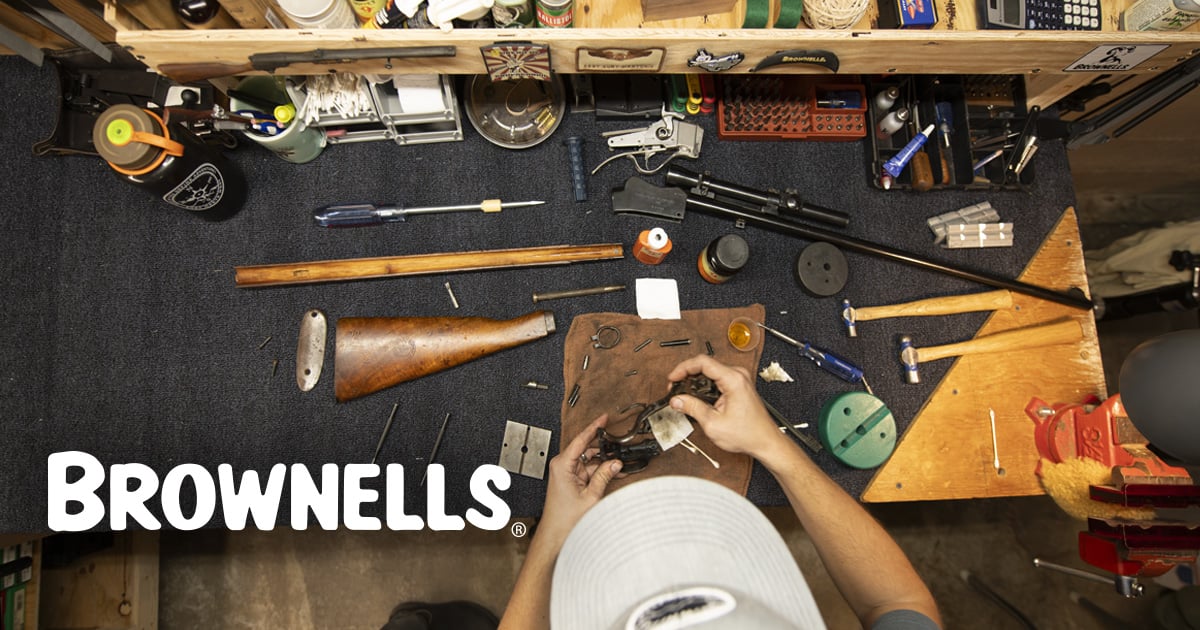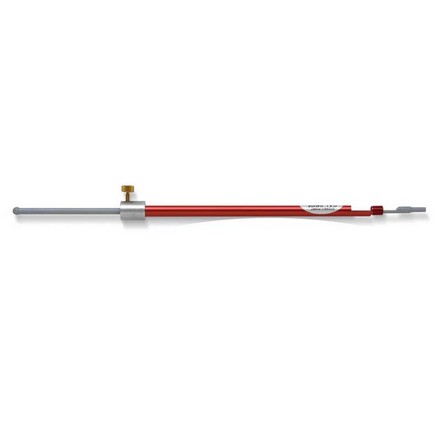So last night I tried using a method after watching a video by erik Cortina. Where you wax the inside of the bullet and send the bolt home slowly. Then open it fast. I measured before and after. (This is for a 6 creed) When I did this I was definitely hitting the lands. I measured before and after. And got the same measurement. My neck tension on the cases I was using was .240, so I think that might have been a problem? But I tried like 5 times and was getting measurements all over the place.
Questions
Has anyone ever used a fired case with loctite to find the threads? Ultimate reloader showed a video on how to do it, but red loctite? I can't imagine that would be fun if it got into the chamber.
Other than an OAL guage does anyone else have a simple method?
Thanks fellas
Questions
Has anyone ever used a fired case with loctite to find the threads? Ultimate reloader showed a video on how to do it, but red loctite? I can't imagine that would be fun if it got into the chamber.
Other than an OAL guage does anyone else have a simple method?
Thanks fellas



